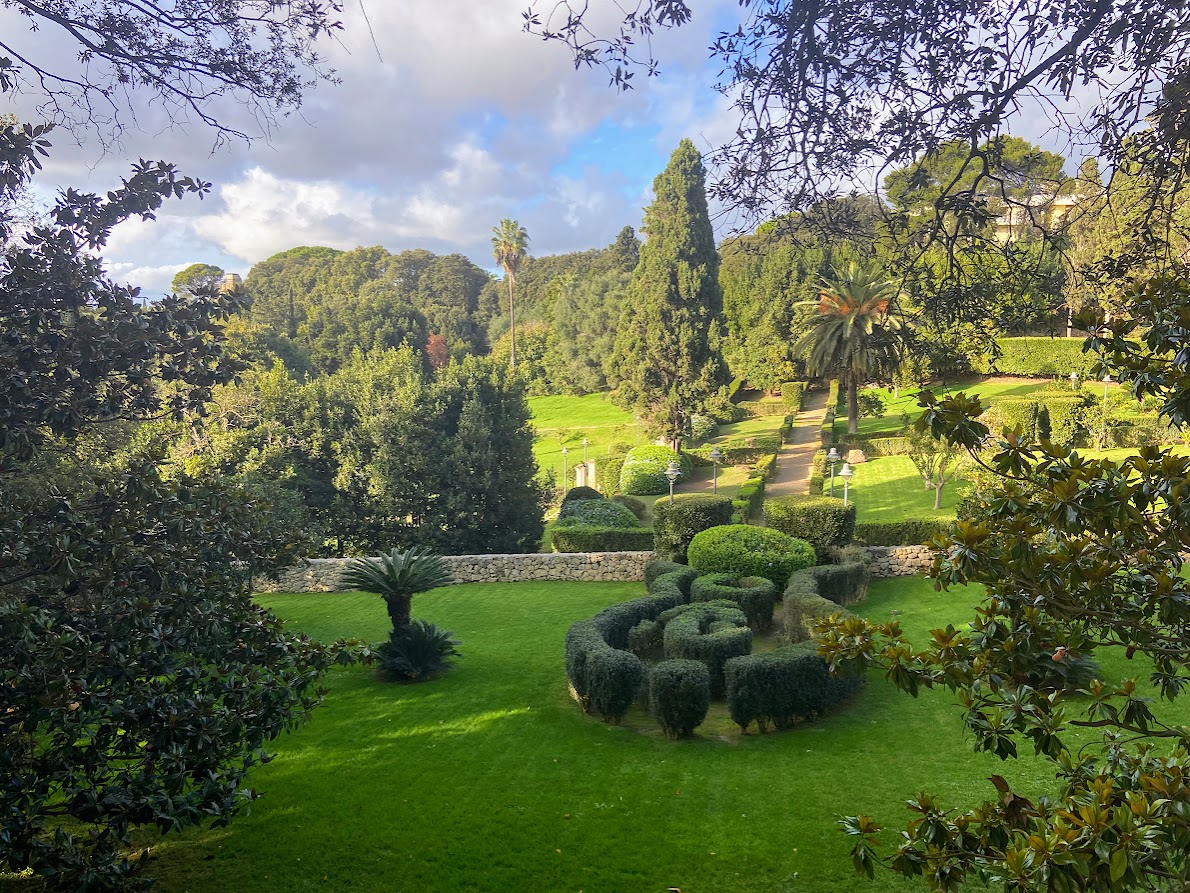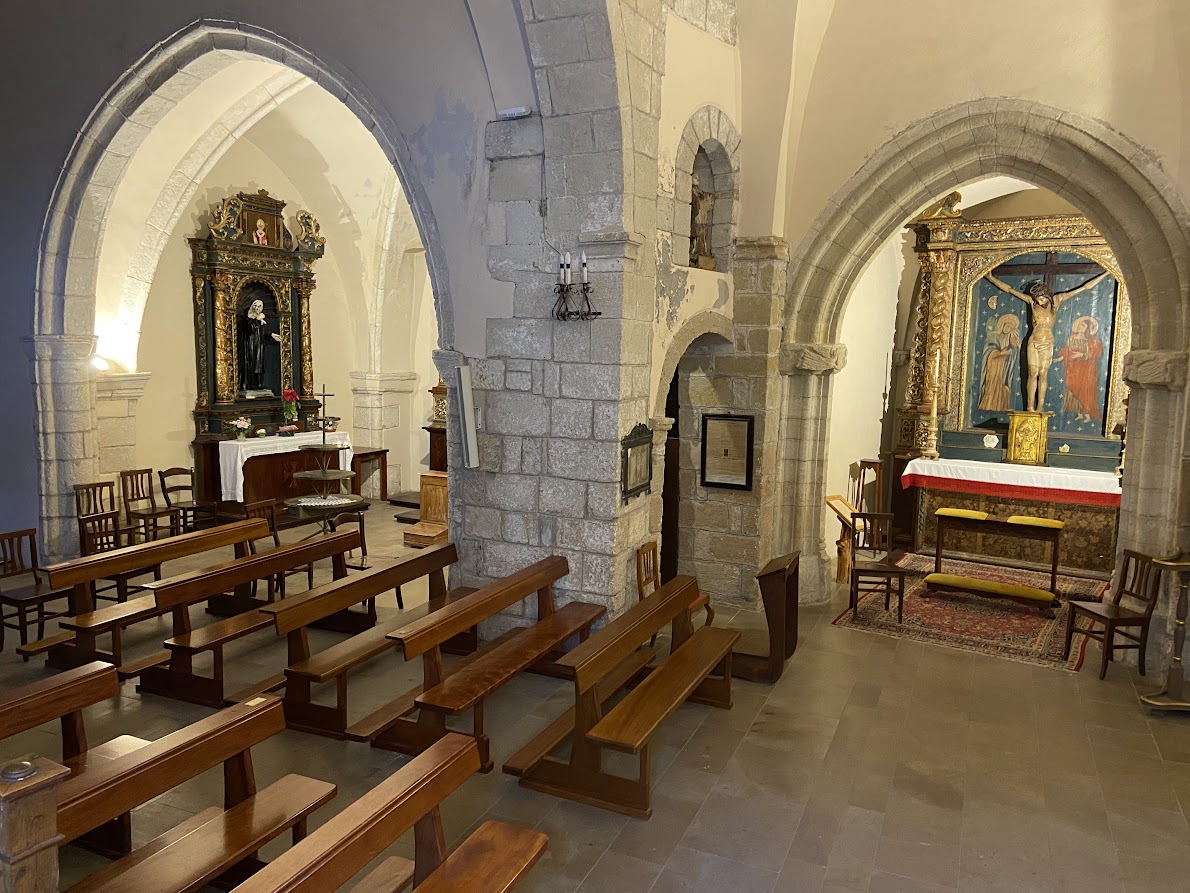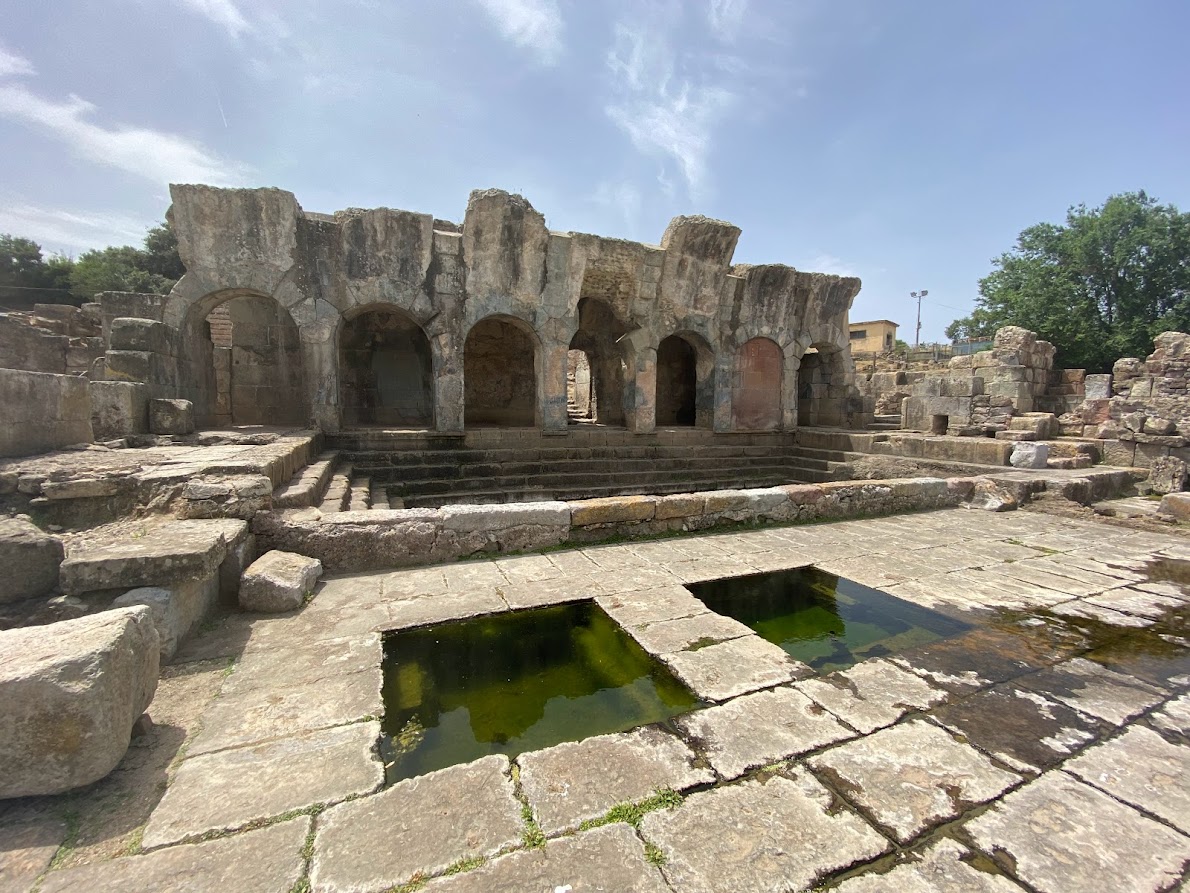
Green train
You can travel the island on the tracks of the old Sardinian railways thanks to the Trenino Verde, i.e. the so-called Green Train, and thus discover the island in its most intimate form. At a slow pace through forests, undulating and rugged hills, through a landscape of cork oaks, olive trees and vines, between stretches of water, natural monuments and evidence of a distant and mysterious past. “At the end of the long climb we arrive at the station through vast solitude. Each time it seems like there is nothing ahead, but an uninhabited territory. And each time we arrive at the next station.” This is how David Herbert Lawrence poetically described his journeys by rail in his 1921 book Sea and Sardinia. A century later, the route in his footsteps attracts travelers from all over the world thanks to the unique railway line, the Green train. A ride along a line designed and built between the end of the 19th and the beginning of the 20th century is a unique experience in all of Europe: four sections with a total lenght of 437 kilometers, three of which have been continuously active for 130 years. And on the route, unique architectural and engineering works such as bridges and tunnels, never abandoned, preserved and protected. The locomotive gently glides along the tracks at a slow pace in the middle of lush nature or climbs the hilltops with difficulty. From Mandas, an original medieval village with a glorious past and today an important culture centre in the Trexenta region, the trains go in two directions. First route, the historical one, originally led to Sorgono. It currently runs through Sarcidano, around Serri, a center famous for the nuragic sanctuary of Santa Vittoria, along the shores of San Sebastiano Lake and hills of Isili “the land of copper”. After crossing the lush landscape of Nurallao, it ascends to the final stop of Laconi, a village known for St. Ignatius, the castle and garden of the Marquis Aymerich, and menhirs, kept in the local museum of Sardinian prehistoric sculpture. Along the way , the train passes Barbagia di Belvi and Mandrolisai, where it climbs up to a height of almost 900 metres. The second line from Mandas leads to Sadali, through large part of Sarcidano and Barbagia di Seulo. Along the way you will pass the villages of Orroli, Nurri, Villanova Tulo and Palarana and Betilli, that line the Flumendosa Lake, which is crossed by boats and Mississippi style paddle-steamers. The train passes through an enchanting landscape of water and nuraghe: here´s where you can admire karst phenomena such as the Is Janas cave, waterfalls, such as Su Stampu e Su Turrunu and prehistoric monuments such as the nuraghe Arrubbiu. Before reaching the final station of Sadali-Seulo, you will also pass Esterzili, a city with wall paintings at an altitude of 700 metres, with famous nuragic temple Domu de Orgia and a bronze tablet with a Roman inscription. From June to the beginning of September the train also passes through the Ogliastra region on the weekends. This eastern line departs from the port of Arbatax in the beautiful tourist destination of Tortoli. Along the way it stops in the high altitude stations of Ilbono-Elini, Arzana, Lanusei and Villagrande Strisaili and passes through charming countryside, such as the forests of Santa Barbara and Selene. The train´s final station is in the depths of the Ogliastra region, in Gairo Sant´Elena, a city that lived twice. The current inhabited center was built a little higher in the mountains in the mid-20th century, after a devastating flood destroyed old Gairo, now a ghost town. The train´s third line crosses the Gallura region, a granite landscape shaped by the wind and planted with wild olive trees, cork oaks and Vermentino vineyeards. The train departs from Tempio Pausania, a beautiful town on the slopes of Mount Limbara, famous for its healing springs and the island´s most allegorical carnival. The natural spectacle along the railway line is really worth it – the train stops at villages overlooking Lake Liscia, cruised by tourist boats, continues through the Calangianus valley, famous for cork oaks and on to Nuchis and Luras, cities of prehistoric dolmens and thousands of years old wild olive trees, including the oldest “patriarch” of Europe. From the Sant´Antonio di Gallura station, you will see the almost geometric landscape of Arzachena, where the vineyeards dominate the panoramas. And then there is the unrepeatable view towards the final station in Palau – which with its beautiful beaches, military forts and the bear-shaped rock of Capo d’Orso, is the “gateway” to the National Park of the La Maddalena Archipelago. The last, northwest line, departs from Santa Maria di Corte station in the territory of Sindia, a prosperous village built in the Middle Ages around a Benedictine monastery. After crossing Planargia, it arrives to Bosa Marina, a coastal village of one of the most evocative Sardinian towns, Bosa. Its colorful houses climb a hill dominated by Serravalle castle and mirrored in the Temo river far below. On the way, you will pass the villages of Flussio, Tinnura, Tresnuraghes and Modolo, which are famous for Malvasia, asphodel baskets and precious fabrics. Train journeys can be combined with lake trips on the boat, trekking, cycling and horse riding. You can hop on and off the train at any of the destinations according to the seasonal timetable, or rent it as a group: thanks to the Su Trenu Antigu initiative, focused on the enthusiasts, schools and tour operators, you can have an exclusive railway line all to yourself!

